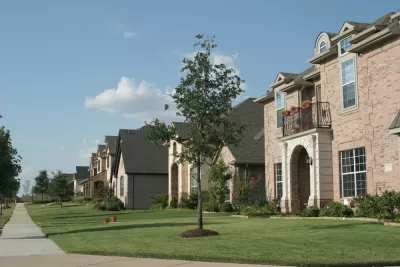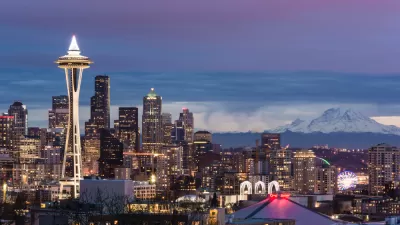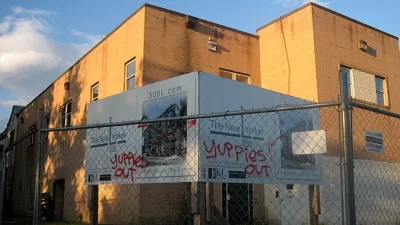Population loss doesn't always equate to economic decline. Richard Florida discusses a study examining American metros that are retaining their economic vitality as they shrink.

"Population growth is a crude measure of prosperity: As long as a place attracts or retains specific talent, it can lose general population and still be prosperous," Richard Florida writes. As evidence, he points to a study by Cardiff University's Maxwell Hartt looking at the economic performance of shrinking cities.
While we often picture shrinking cities as economically bereft, "shrinking population and economic decline don’t always come hand-in-hand: A striking subset of cities with declining populations are in fact economically prosperous." Hartt finds that 27 percent of shrinking cities have economic indicators outperforming their regional average. Most of them are suburbs and outlying towns close to large, wealthy metro areas.
Florida speculates that what sets these places apart is their ability to retain educated residents, who may be professionally based in the corresponding big cities: "97 percent of prosperous shrinking cities had a higher proportion of college-educated individuals than their regional average."
FULL STORY: How Some Shrinking Cities Are Still Prospering

Planetizen Federal Action Tracker
A weekly monitor of how Trump’s orders and actions are impacting planners and planning in America.

Chicago’s Ghost Rails
Just beneath the surface of the modern city lie the remnants of its expansive early 20th-century streetcar system.

San Antonio and Austin are Fusing Into one Massive Megaregion
The region spanning the two central Texas cities is growing fast, posing challenges for local infrastructure and water supplies.

Since Zion's Shuttles Went Electric “The Smog is Gone”
Visitors to Zion National Park can enjoy the canyon via the nation’s first fully electric park shuttle system.

Trump Distributing DOT Safety Funds at 1/10 Rate of Biden
Funds for Safe Streets and other transportation safety and equity programs are being held up by administrative reviews and conflicts with the Trump administration’s priorities.

German Cities Subsidize Taxis for Women Amid Wave of Violence
Free or low-cost taxi rides can help women navigate cities more safely, but critics say the programs don't address the root causes of violence against women.
Urban Design for Planners 1: Software Tools
This six-course series explores essential urban design concepts using open source software and equips planners with the tools they need to participate fully in the urban design process.
Planning for Universal Design
Learn the tools for implementing Universal Design in planning regulations.
planning NEXT
Appalachian Highlands Housing Partners
Mpact (founded as Rail~Volution)
City of Camden Redevelopment Agency
City of Astoria
City of Portland
City of Laramie





























